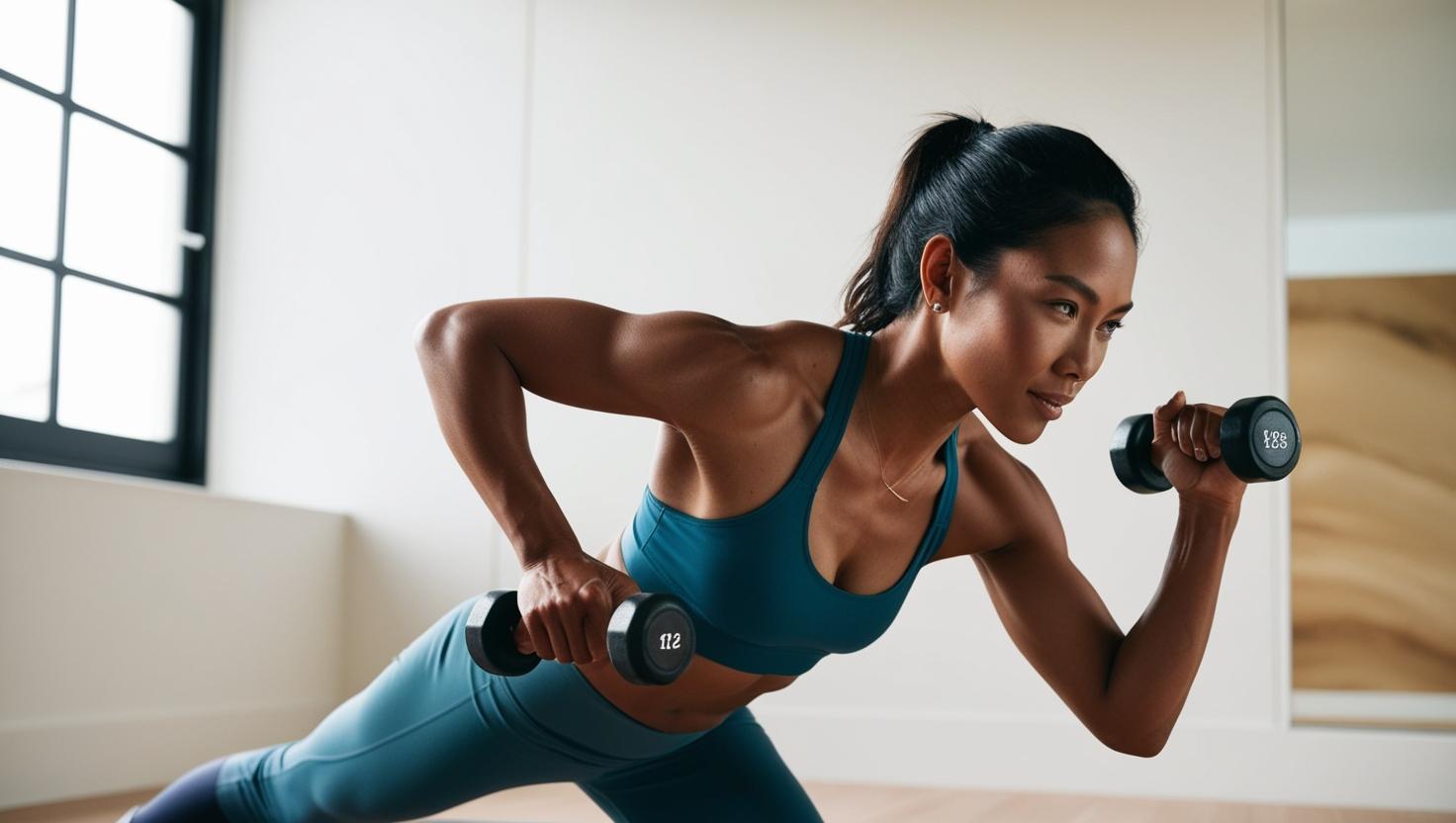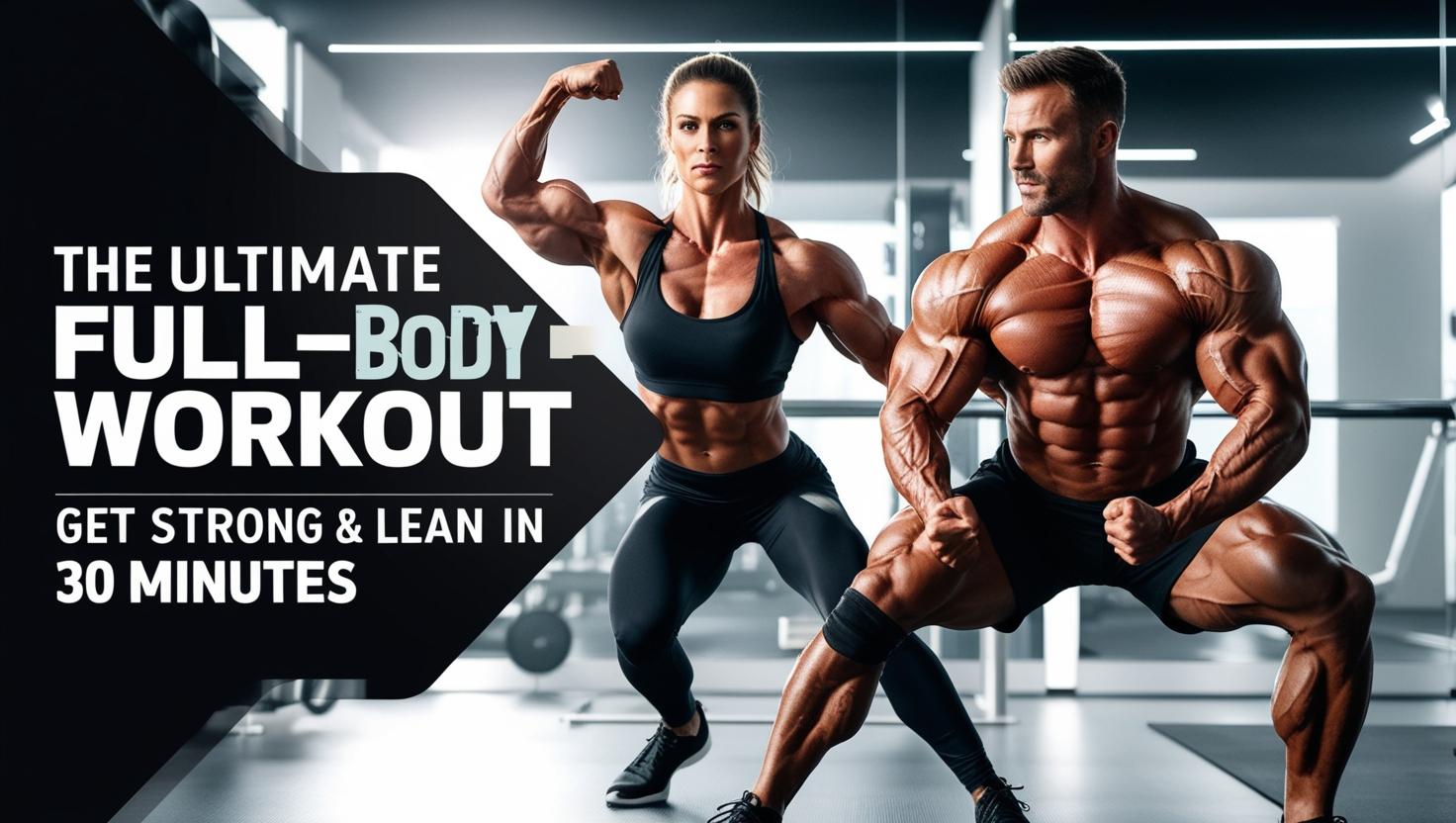Can Cold Water Heal?
Three months ago, I pulled my hamstring during a sprint workout. It lingered longer than it should’ve. Rehab, foam rolling, hydration—you name it, I tried it. But one remedy kept showing up on YouTube, Reddit, even podcasts: cold showers.
Skeptical but curious, I decided to test it. For 15 days straight, I replaced my usual warm shower with an icy cascade. What happened next? Some things surprised me. Others, not so much.
Why Cold Showers Are Hyped for Recovery
Before diving into results, let’s set the stage.
Cold showers and ice baths are believed to:
- Reduce muscle inflammation
- Improve circulation
- Boost mental resilience
- Stimulate norepinephrine for faster recovery
Athletes like Wim Hof and David Goggins swear by it. But does it work for regular folks like me recovering from muscle strain?
My 15-Day Protocol
Here’s how I structured it:
- Day 1–3: 1-minute cold shower finish
- Day 4–7: 2 minutes full cold exposure
- Day 8–15: 3+ minutes, full cold start to finish
- No hot water allowed
Shower time: Post-workout or right before bed
Water temp: As cold as the tap could go (approx. 55–60°F)
Location: Home shower, no fancy setup
Day-by-Day Observations
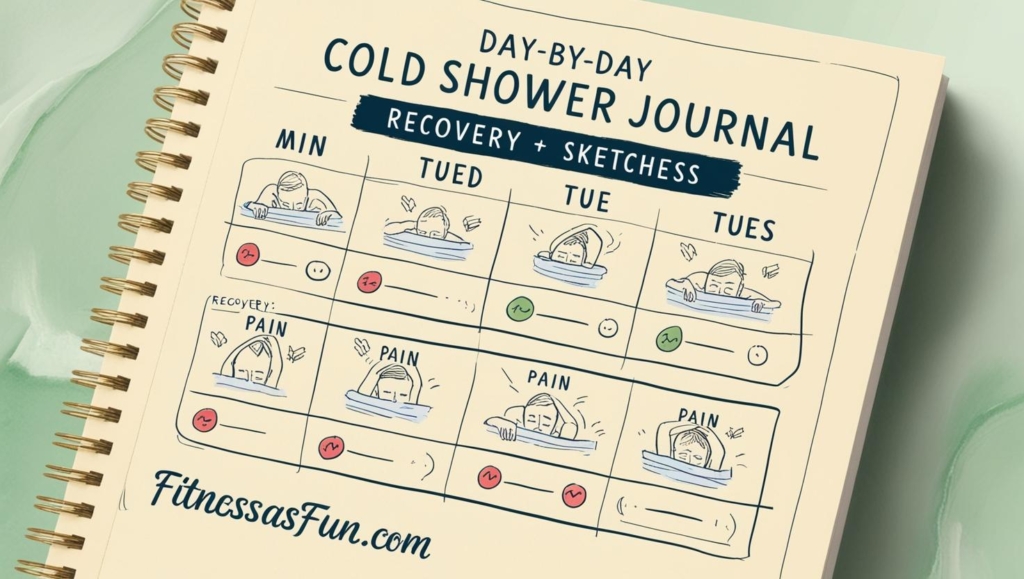
Day 1–3: The Shock
Let’s not sugarcoat it. The first blast felt like a punishment. I gasped, panicked, and almost bailed. But within 30 seconds, my breath slowed, and my heart rate followed. After each session, I felt strangely… invincible.
Pain level in my hamstring? Still the same. But my mood? Spiked.
Day 4–7: The Tolerance Phase
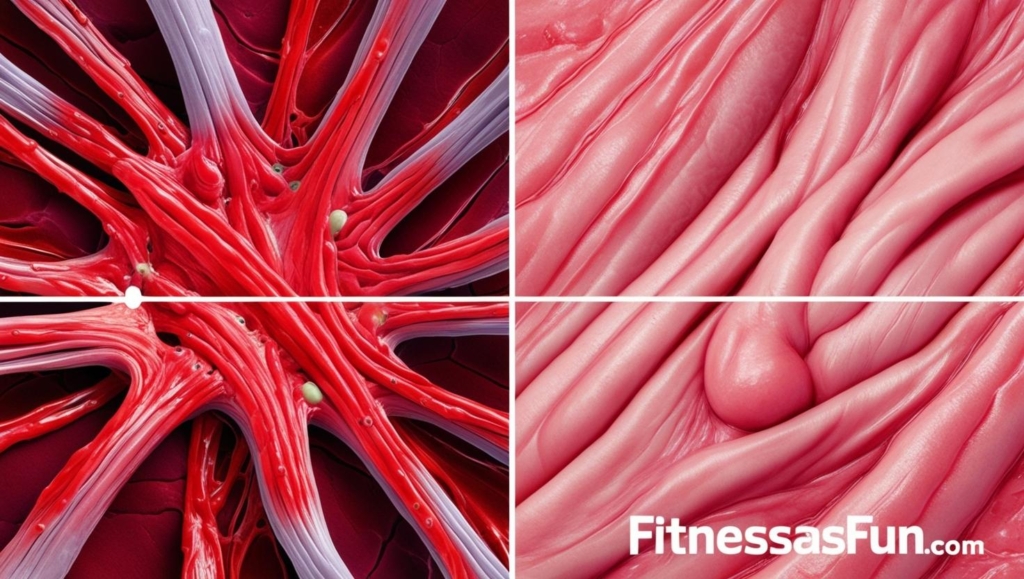
My body began adapting. Shivering reduced. I noticed:
- Faster post-workout recovery
- Slight reduction in DOMS (Delayed Onset Muscle Soreness)
- Stronger mental clarity
Hamstring stiffness? Reduced by 10–15%. Still early days, but progress.
Day 8–15: The Transformation

Something flipped around day 10. My mornings became sharper. Evening showers helped me sleep better. Here’s what stood out:
- Pain relief became noticeable
- Leg felt less “tight” upon waking
- I stopped craving hot showers entirely
- Workouts felt more effective
Biggest win? No more Advil post-run. Cold showers replaced it.
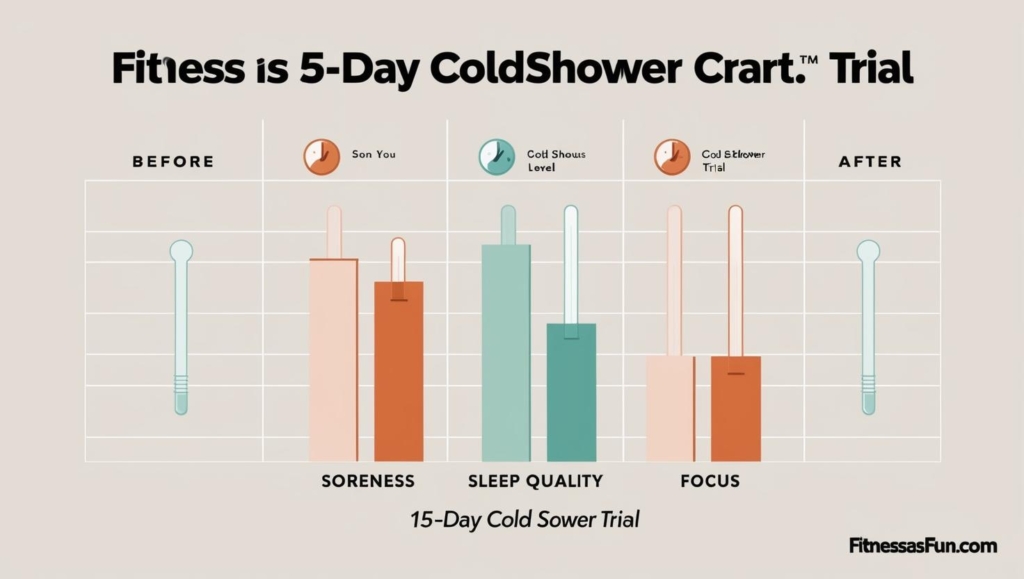
My Recovery Metrics (Personal Results)
| Metric | Before Trial | After 15 Days |
|---|---|---|
| Muscle Soreness (1–10 scale) | 7 | 3 |
| Morning Hamstring Tightness | Moderate | Barely Noticeable |
| Sleep Quality | 6/10 | 8.5/10 |
| Mental Focus | Foggy | Sharpened |
| Motivation to Train | Low | High |
What Science Says
Studies on cold water therapy have mixed outcomes. But consistent themes emerge:
✅ Reduces inflammation (Cryotherapy mechanism)
✅ Improves recovery window when timed right
⚠️ Might blunt muscle gains if used immediately post-strength workout
✅ Enhances parasympathetic nervous system (rest-and-digest state)
🔍 Citation: Bleakley CM et al., 2012, British Journal of Sports Medicine
Final Thoughts: Is It Worth It?
If you’re injured, sore, or mentally burnt out, cold showers won’t cure everything—but they might become your new edge. My hamstring didn’t magically heal, but the combination of physical relief and mental resilience made a real difference.
Would I continue? Absolutely.
Will I recommend it? Only if you’re ready to trade comfort for clarity.
Key Takeaways
- Start small (30–60 seconds cold finish)
- Consistency > intensity
- Don’t expect instant miracles—think in 15-day windows
- Best time: Post-workout or before bed
- Avoid right after heavy strength training (can affect muscle growth)
FAQs
Q: Will cold showers help with injuries like sprains or muscle tears?
A: They may reduce inflammation but should be paired with proper rehab and rest.
Q: How long does it take to adjust to cold exposure?
A: Usually 3–5 days. Mental resistance fades faster than physical.
Q: Do I need an ice bath instead of a shower?
A: No. Tap-cold showers can still deliver benefits if done consistently.
Q: Is it safe to do cold showers every day?
A: For most healthy individuals—yes. But consult a doctor if you have heart or respiratory issues.
Q: Can cold showers replace recovery tools like foam rolling or massage?
A: Not replace, but definitely complement.





